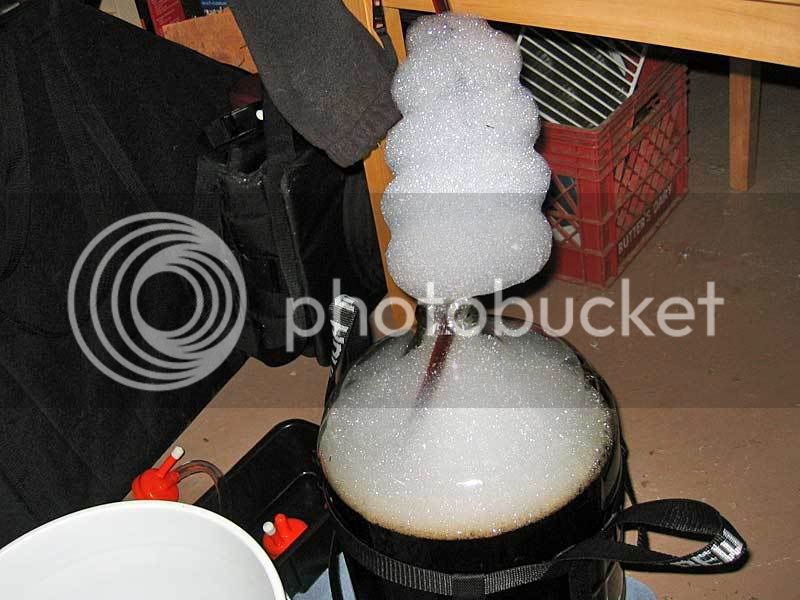To be clear, I didn't say the item needed to be dry, just well-drained. Despite your conviction on the matter, leaving wet Sanitizer in the bottling bucket or in or on other equipment is unnecessary. In the case of Iodophor, it is also unwise.
My "conviction" is based on
information. Both iodophor and starsan are at their most effective when wet. That information is public, and well documented. If you let the sanitizer dry any micro organism that comes in contact with the sanitized object, rather than being killed by it, makes the object no longer sanitzed.]
In fact I put a lot of that documentation together in one place years ago.
https://www.homebrewtalk.com/f39/sanitizer-question-54932/ in their you will find basic brewing podcast interviews with both Charles Talley of 5 star and someone from BTF offering plenty of information on the most effective and the safe usage of their products. And BOTH talking about wet contact of their product and the beer/wine.
They even discuss the FDA requirements in terms of the labelling in terms of contact times listed, and the REAL contact times and other things and why they differ, and what's the best way to use them to get the most out of them,
We also have/had a member here who was an employee of 5 star, and he has corroborated what I've written about starsan as well.
And as long as iodophor or starsan are at the correct dillution, leaving remainders of BOTH on the surface are QUITE WISE.,,,and quite safe....and recommended.
But going back to the original question of the OP what does this have to do with it? It doesn't matter whether you think sanitizer should be gone or not....it still will be plenty cool when it comes in contact with the 5 gallons of beer it is about to meet.


